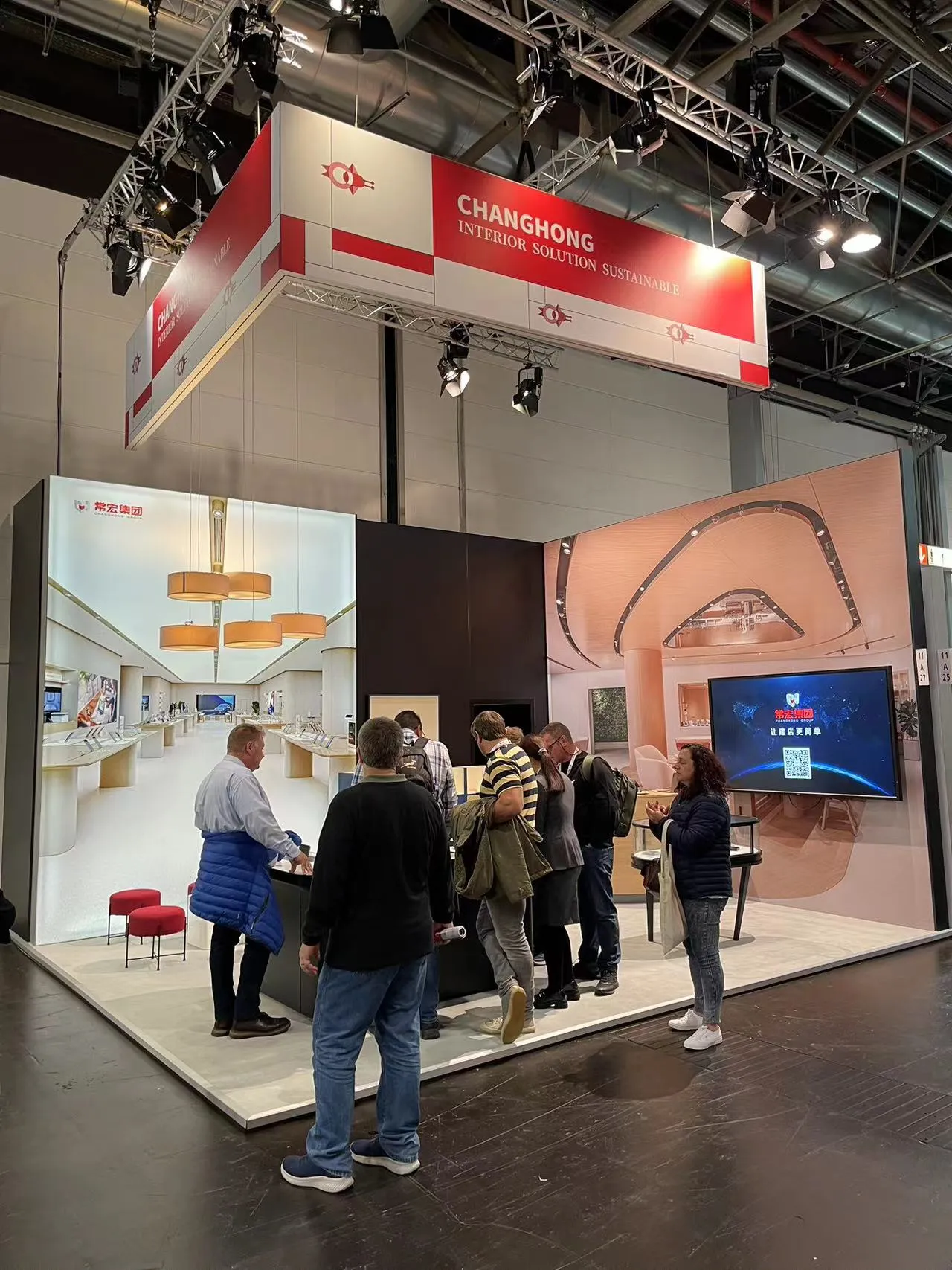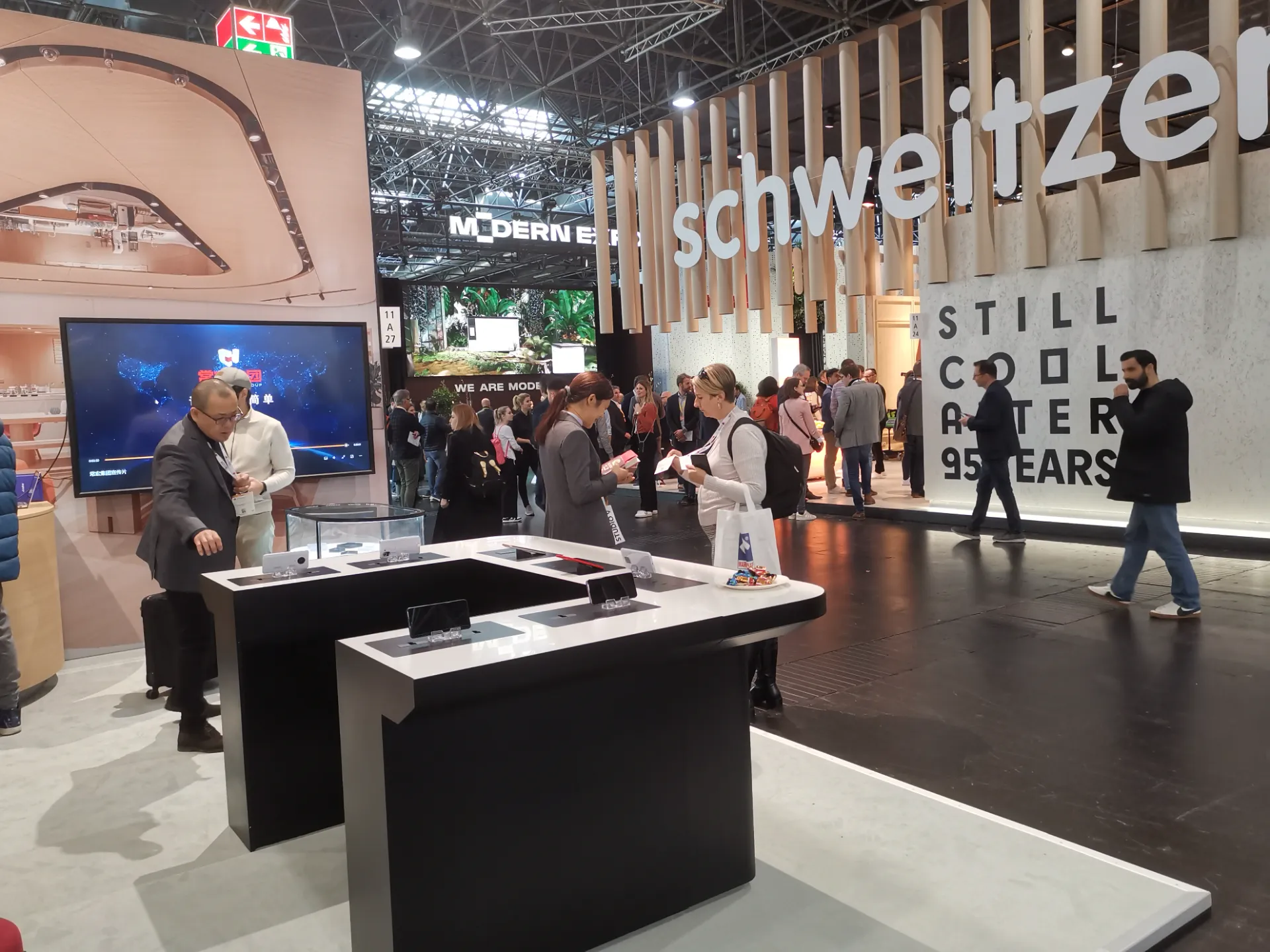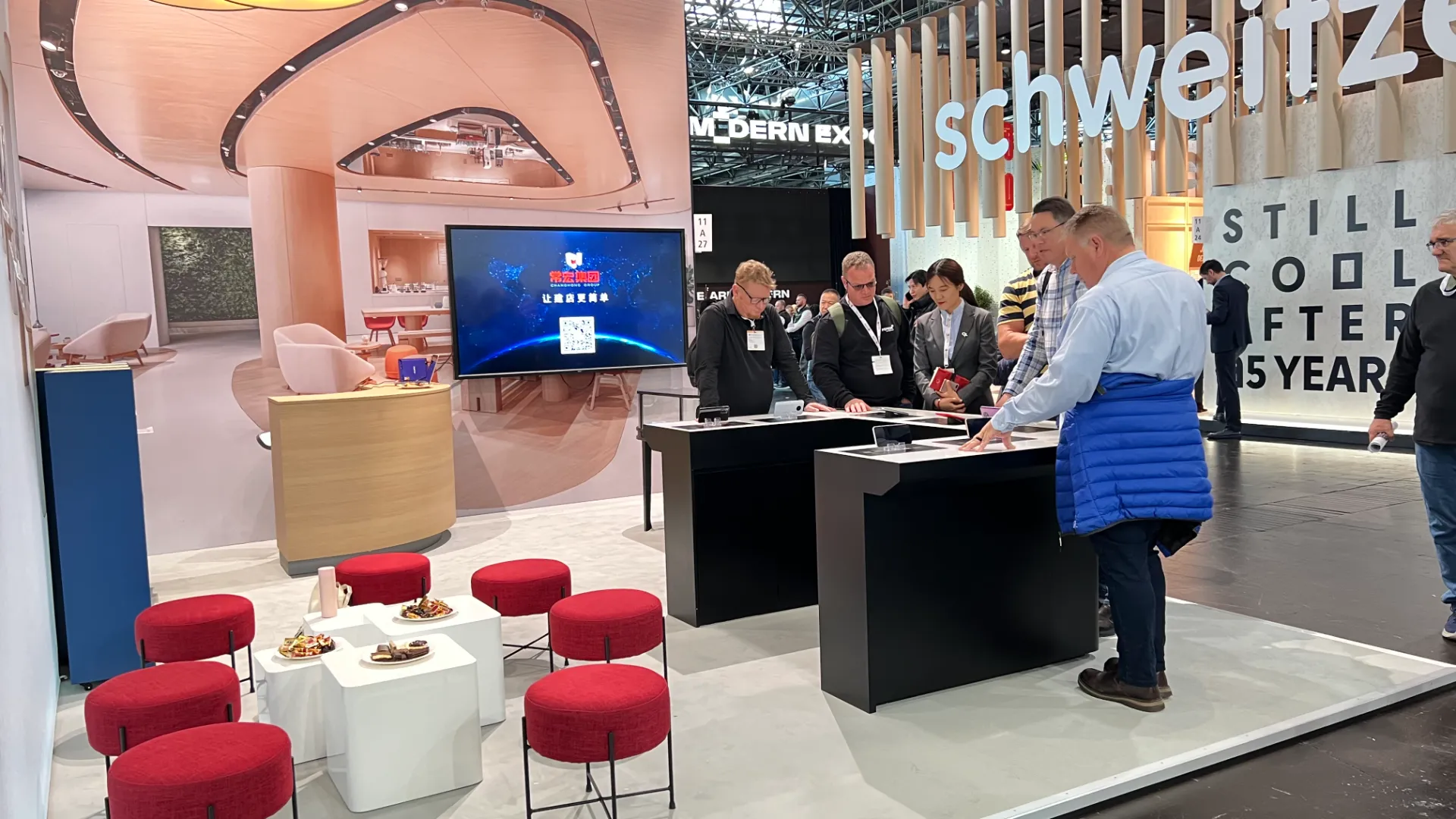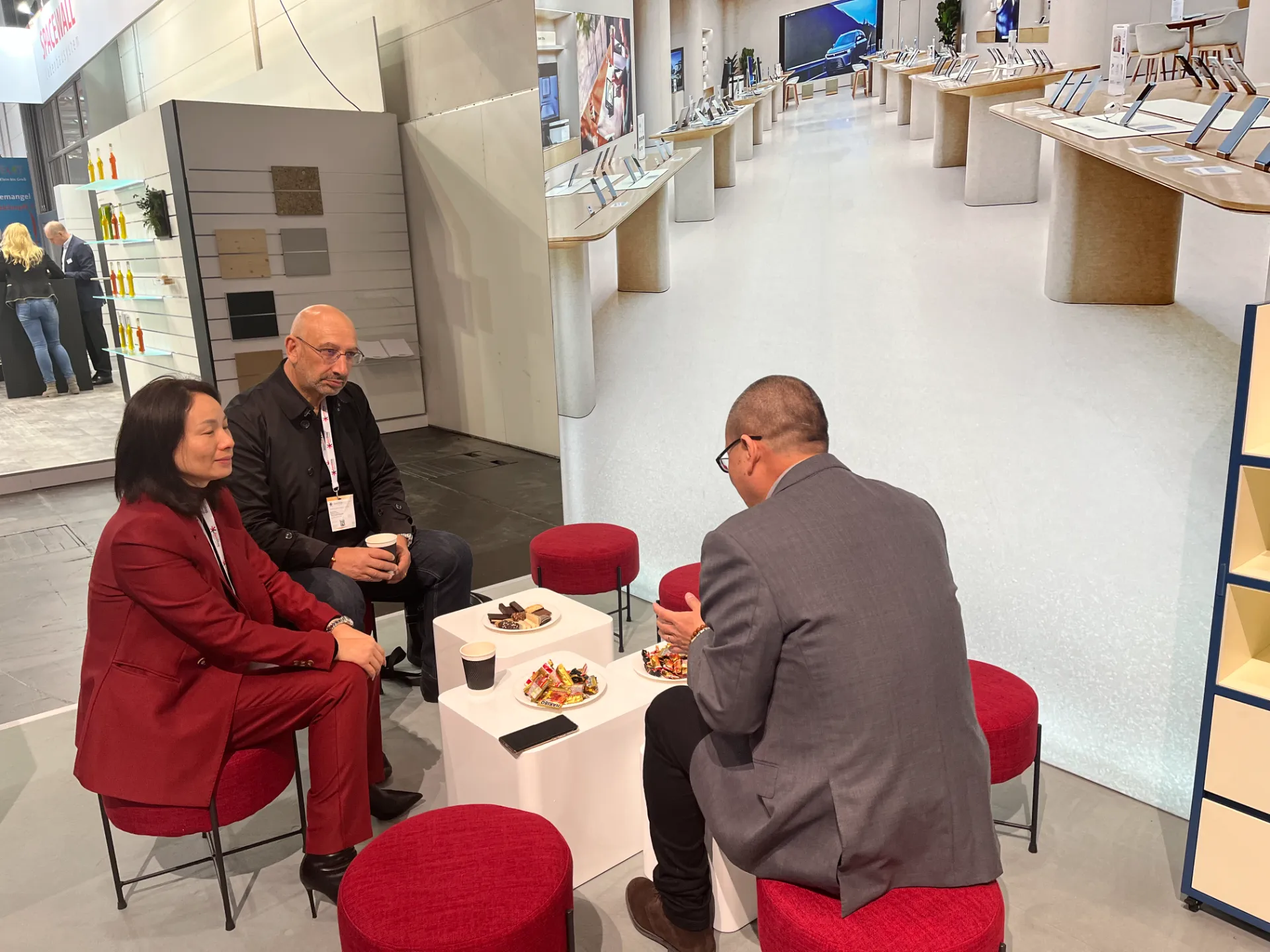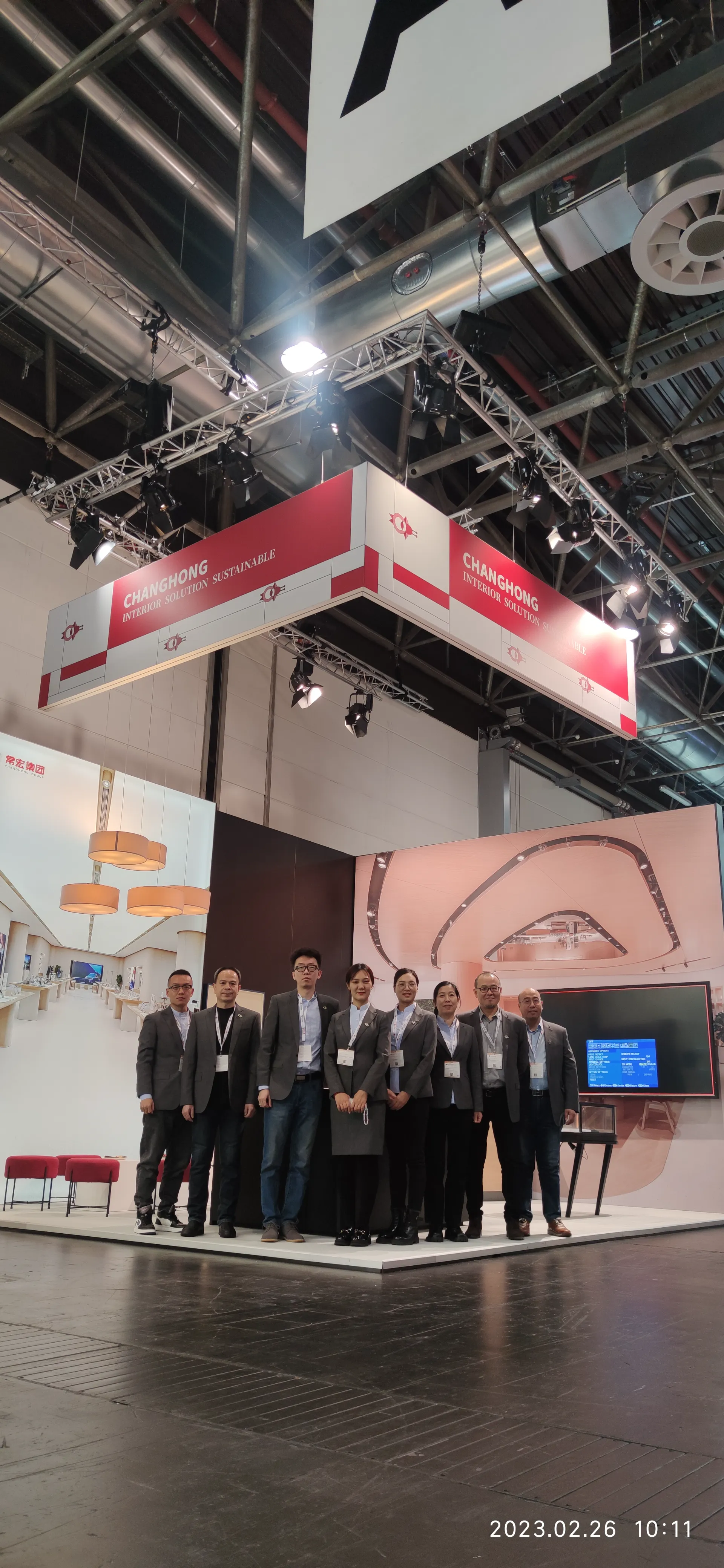Jul . 29, 2024 22:46 Back to list
Innovative Approaches to Retail Space Design for Enhancing Customer Experience and Engagement
The Importance of Store Design Creating an Inviting Shopping Experience
In today's competitive retail landscape, store design plays a pivotal role in attracting customers and enhancing their shopping experience. A well-thought-out store design not only reflects a brand's identity but also influences customer behavior, ultimately driving sales and fostering loyalty. This article explores the key elements of effective store design and its impact on consumer engagement.
1. Understanding the Brand Identity
The store design must align seamlessly with the brand's identity and values. A luxury brand, for instance, will likely opt for a minimalist aesthetic with high-quality materials, creating an atmosphere of elegance and exclusivity. In contrast, a casual clothing retailer might favor a more vibrant and eclectic design to evoke a sense of fun and creativity. Therefore, the choice of colors, textures, and layouts must resonate with the target audience and communicate the brand's story effectively.
2. Creating an Engaging Layout
The layout of a store significantly influences how customers navigate the space. Effective store layouts can encourage customers to explore more products and spend additional time in-store. The use of the racetrack layout, which guides customers through specific pathways, can help lead them to featured items or promotions. Alternatively, a more open layout can create a relaxed atmosphere, allowing customers to browse at their leisure. Additionally, placing complementary products near each other can stimulate impulse purchases, further enhancing the shopping experience.
3. The Role of Lighting and Color
store design

Lighting is another critical aspect of store design that can dramatically affect mood and perception. Proper lighting can highlight key products, create ambiance, and enhance the overall aesthetic of the store. For example, warm lighting can create a cozy and inviting atmosphere, while brighter lights can energize the space, appealing to a younger demographic. Furthermore, the colors used in the design can evoke specific emotions. For instance, blue is often associated with trust and calmness, making it a popular choice for health and wellness brands.
4. Integrating Technology
Incorporating technology into store design is becoming increasingly important. Interactive displays, digital signage, and mobile payment options can enhance the shopping experience by providing customers with information and convenience. For example, virtual reality (VR) fitting rooms allow customers to try on clothes without physically changing outfits, while augmented reality (AR) applications can enhance product storytelling. By merging technology with traditional retail experiences, brands can captivate tech-savvy customers and improve engagement.
5. Creating Comfort and Accessibility
A store's environment should prioritize customer comfort and accessibility. This includes thoughtful placement of seating areas, wider aisles for easy navigation, and accessible fitting rooms. Providing a comfortable shopping environment encourages customers to linger longer, ultimately leading to increased sales. Additionally, creating a welcoming atmosphere for all customers, including those with disabilities, fosters an inclusive experience that can build brand loyalty.
Conclusion
In conclusion, effective store design is a multifaceted endeavor that requires careful consideration of brand identity, layout, lighting, technology, and customer comfort. A well-designed store not only attracts customers but also enhances their overall shopping experience, leading to increased sales and brand loyalty. As the retail landscape continues to evolve, brands that invest in innovative and thoughtful store design will be better positioned to thrive in an ever-changing marketplace. By creating appealing, functional, and engaging spaces, retailers can forge deeper connections with their customers, ensuring long-term success.
-
The Benefits of Electronic Shelf Labels for Modern Stores
NewsJul.01,2025
-
Space-Saving Retail Store Furniture Designs for Small Shops
NewsJul.01,2025
-
Slatwall vs. Gridwall: Which Store Fixture is Right for Your Business?
NewsJul.01,2025
-
Shop Fittings: Essential Elements for a Functional Retail Space
NewsJul.01,2025
-
How to Design a Minimalist Cosmetic Shop Display
NewsJul.01,2025
-
Creative Clothes Shop Display Ideas to Attract More Customers
NewsJul.01,2025














































































































